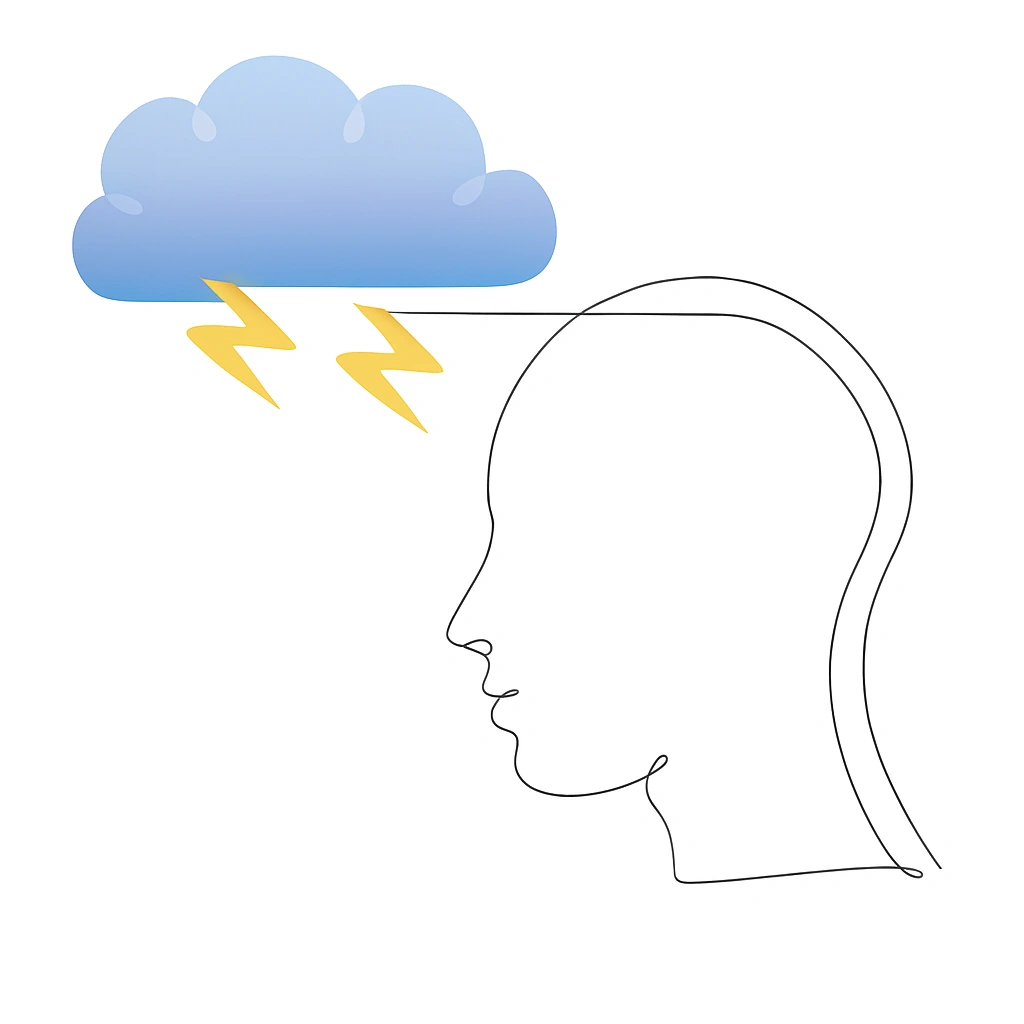The Science Behind: Resilience Inventories
building emotional resilience
Researchers describe resilience as the capacity to keep mental health intact or to regain equilibrium quickly after stress.¹ The idea extends the World Health Organization’s view of health as complete physical, mental, and social well-being, not just the absence of illness.² More simply, resilience is what keeps our minds and bodies steady under stress. It maintains well-being in place when life gets rough
Scientists have spotted key traits behind this strength. People who have a strong sense of competence, are hopeful (optimism), and feel some control over events often score highest.¹ Big Harvard studies show these people live longer, feel less depressed, and enjoy life more.³ Their bodies show it, too: steadier blood pressure, calmer stress hormones, and stronger immune responses.³

Brain scans add another clue. When resilient people face stress, the front part of the brain steps in fast to calm emotions, then powers down to save energy.¹ When asked to think about ourselves or about other people, the brain is slower to act, then slower to stop. Over many years, the resilient person’s “quick on, quick off” pattern may protect the heart and other organs.
Researchers now use something called a resilience inventory to track this process. It is a simple chart you fill out daily or weekly. Each line notes a tough event, how hard it felt, and how long it took to feel normal again. By lining up many of these notes, patterns appear. Some people dip only a little. Some dip deep but rebound fast. Others take longer to climb back. The inventory turns those ups and downs into clear numbers instead of vague memories.
Building resilience has become a health goal. The Mayo Clinic describes training programs that mix new ways of thinking with safe stress practice.¹ Results show sharper focus and steadier moods. Such studies prove resilience can grow at any age. Harvard reviews back this up, noting gains even in older adults.³
Resilience benefits more than just the individual. Strong mental health also pays off in society. People who cope well with stress tend to finish school, work productively, and join community projects.⁴ Their positive actions then circle back, giving fresh support to others and strengthening the group as a whole.
Resilience now sits at the heart of mental-health science. It guides how stress feels, how fast balance returns, and how fully we join daily life.
Start building emotional resilience today. Even a few minutes of reflection can make a big difference. Resilience isn’t just something you have or don’t have—it’s a skill that grows with attention and practice. A daily inventory helps you track how stress affects you, how you respond, and how you recover. This simple, consistent habit supports building emotional resilience day by day.
Start building emotional resilience today—click here to try Daily Inventory.
Footnote
1 Mayo Clinic. Resilience: Build skills to endure hardship. https://www.mayoclinic.org/tests-procedures/resilience-training/in-depth/resilience/art-20046311
2 World Health Organization. Mental health: strengthening our response. Fact sheet, 2022. https://www.who.int/news-room/fact-sheets/detail/mental-health-strengthening-our-response
3 Harvard Health Publishing. Ramp up your resilience. 2023. https://www.health.harvard.edu/mind-and-mood/ramp-up-your-resilience
4 Srivastava, K. Positive mental health and its relationship with resilience. Industrial Psychiatry Journal, (2011). https://pmc.ncbi.nlm.nih.gov/
5 Schäfer, S. K. et al. Interrelations of resilience factors and their incremental impact for mental health. Translational Psychiatry, 13, 328 (2023). https://doi.org/10.1038/s41398-023-02603-2